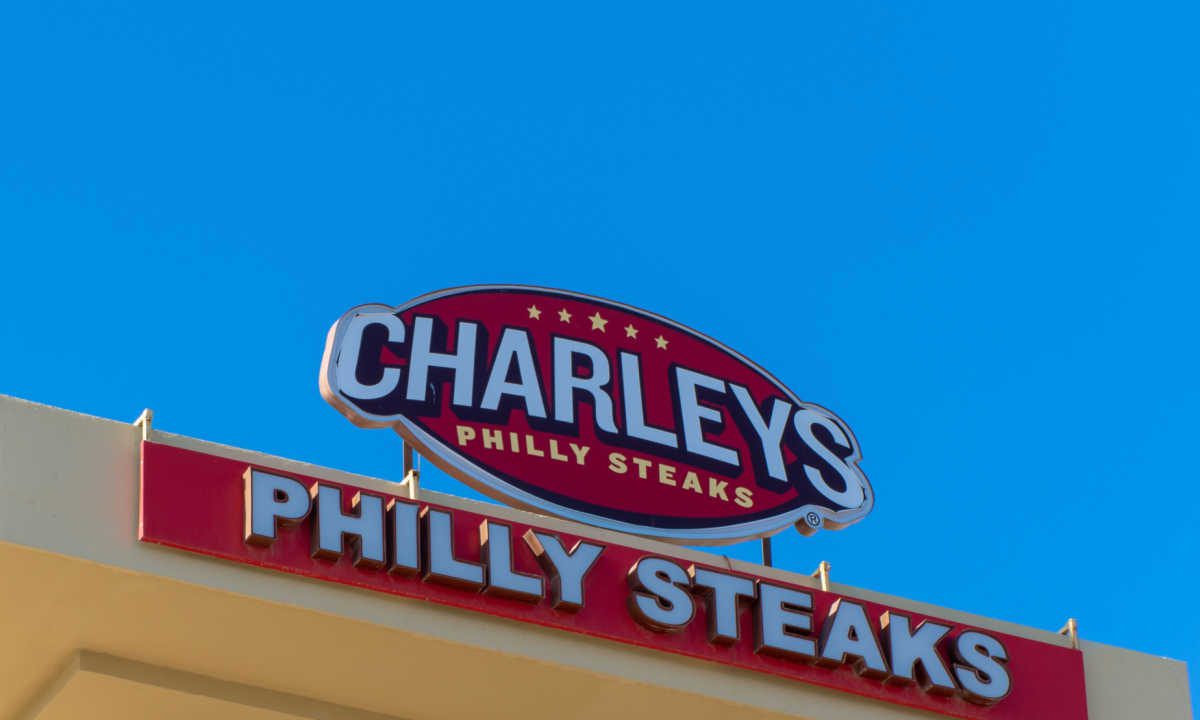Charleys Turns to Drones for Delivery Margin Lift

As restaurants look to improve the economics of delivery, many are beginning to eye automated solutions to reduce both the labor cost on their end and, in turn, the fees on consumers’ end.
Charleys Philly Steaks, for one, a cheesesteak chain with more than 700 locations across 17 countries, announced Wednesday (Sept. 28) a partnership with drone delivery company Flytrex to try out automated fulfillment via skyway in Durham, North Carolina. In an interview with PYMNTS, Brian Hipsher, the brand’s chief marketing officer, noted that the technology could help the company drive delivery sales at locations that have previously been predominantly dependent on on-site sales.
See also: Charleys Tests Drone Delivery
“[Delivery channels] represent between 20 to 25% of our sales … and it varies by location, of course. Our mall locations, maybe not as much [delivery], and our strip center freestanding buildings a little bit more,” Hipsher explained. “This particular location that we started this pilot in is a mall location, and it’s pretty cool because we think it’s going to expand our ability to deliver more food at [such a] location.”
Certainly, demand for delivery is significant. Research from PYMNTS’ June study, “The ConnectedEconomy™ Monthly Report: The Rise of the Smart Home,” which drew from a May survey of roughly 2,700 U.S. adults, found that 43% reported having ordered from a delivery aggregator that month. Plus, the majority of those consumers were ordering from aggregators once a week or more.
Read more: New Data Shows Convenience Drove Smart Home Upgrades for 83M Consumers in 2022
Typically, delivery orders pose a significant challenge for restaurants, with third-party aggregators’ steep commissions pressuring their already narrow margins. The use of automated couriers, if the technology proves effective and user-friendly for both restaurants and their customers, could help alleviate the economic challenges of food delivery.
Hipsher noted that consumers pay less for delivery via drone than they would for a typical third-party aggregator purchase. Indeed, lessening these fees for consumers could drive up demand. According to data from PYMNTS’ 2022 Restaurant Friction Index, 41% of consumers who do not restaurant aggregators report an unwillingness or inability to pay the delivery or service fee as a reason for steering clear. Plus, 26% said aggregators were too expensive.
Related: Loyalty Programs Best Way to Get Diners to Spend More
Drone delivery typically works best in suburbs and other areas where the aircraft can land in customers’ yards, whereas denser, urban areas typically to require other kinds of robotic delivery solutions. Some restaurants and delivery providers have been testing out autonomous delivery in cities via sidewalk rover. For instance, Pizza Hut Canada announced last week that it is partnering with autonomous sidewalk delivery robot company Serve Robotics for a two-week pilot test in Vancouver.
You may also like: Pizza Hut Canada Tests Autonomous Delivery
While some of Charleys’ university locations are participating in tests on campus, the company has not been as interested in the technology so far.
“It’s just not something that we’ve seen take hold yet,” Hipsher said.
Still, Charleys is hopeful that automation may enable the brand to grow its delivery business down the line in ways that perhaps cannot even be predicted yet, unlocking new audiences and use cases.
“There’ll probably be interesting … things that we never even thought of happening when people see cheesesteaks descending upon them from the sky,” Hipsher said. “Different kinds of occasions and things that might happen as a result.”